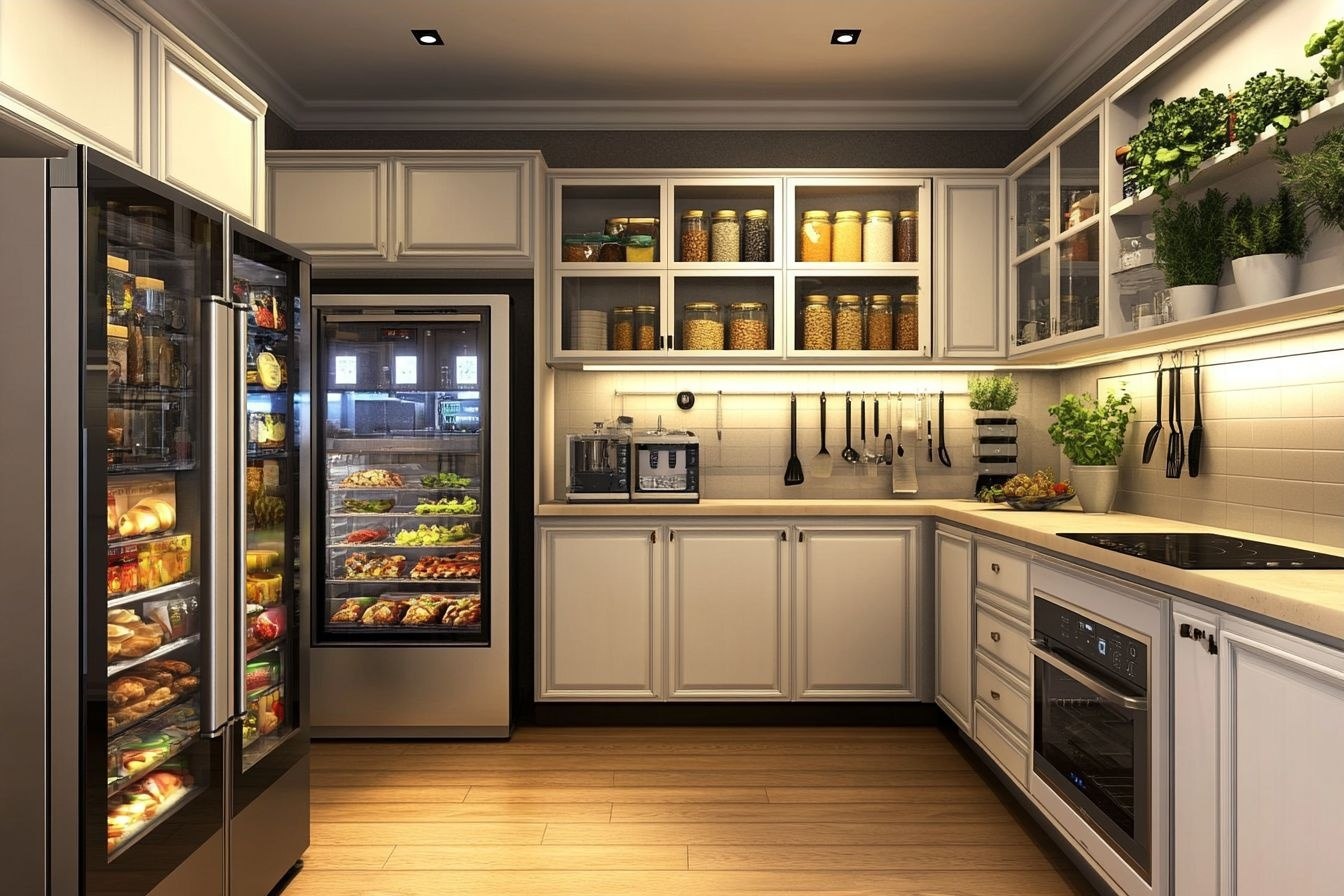Essential care routines to extend the life of your cookware
Practical routines and small changes in daily kitchen habits can keep pots, pans, and utensils functioning well for years. This overview covers cleaning, storage, maintenance, and environmental considerations that protect surfaces, appliances, and materials used in everyday cooking.

A regular care routine does more than keep cookware and utensils looking good: it preserves performance, prevents surface damage, and reduces the chance of food contamination. Simple habits—proper cleaning, mindful storage, and routine maintenance of appliances and countertops—extend the usable life of kitchen items and support a more sustainable household. This article outlines practical steps for different materials and surfaces, offers layout and organization tips to reduce wear, and explains how lighting and ventilation influence long-term upkeep.
cookware: Caring for different materials
Different cookware materials require tailored maintenance. Stainless steel withstands high heat and can handle abrasive cleaners occasionally, but avoid leaving acidic foods to sit for long periods. Cast iron gains seasoning with regular oiling after cleaning and should never be soaked; drying and applying a thin oil layer prevents rust. Nonstick pans benefit from lower heat, wooden or silicone utensils, and gentler cleaning to avoid degrading the coating. Ceramic cookware often resists staining but can chip if dropped—use soft sponges and avoid thermal shock by not transferring very hot pieces directly into cold water.
utensils: Protecting tools that touch cookware
Utensils are the interface between your hands and pots, so choosing and caring for them can reduce surface wear. Wooden or silicone utensils are best for nonstick and ceramic surfaces because they are less likely to scratch. Metal spoons and spatulas are appropriate for stainless and cast-iron cookware but still require careful handling to avoid gouges. Clean utensils promptly after use to prevent staining and bacterial buildup; for wooden utensils, occasional oiling with food-grade mineral oil preserves grain and prevents cracking. Store utensils in a way that prevents contact with sharp edges or hot appliances.
storage: Organization to reduce damage
How you store cookware affects its lifespan. Stack pans with protective layers—cloth, paper towels, or pan protectors—between them to avoid scratches. Hang frequently used utensils and pots on a rack to keep them accessible and reduce stacking stress. Store lids separately or on a rack to prevent them from banging together. For long-term storage, ensure items are clean and fully dry before packing to stop rust or mold. Thoughtful organization not only protects materials and surfaces but also improves workflow and reduces the temptation to force items into tight spaces that can cause dents.
countertops and surfaces: Matching storage to layout
Countertops and other kitchen surfaces interact constantly with cookware and appliances. Avoid placing hot pans directly on laminate or stone without heat protection; use trivets or heat pads to prevent discoloration and surface cracks. When designing layout and organization, keep heavy cookware near lower cabinets or sturdy shelving to avoid strain on drawers and prevent accidental drops from higher surfaces. Clean spills promptly—especially oil or acidic substances—to prevent staining and long-term damage to porous materials such as wood or certain natural stones.
appliances, cleaning, and maintenance routines
Appliances used alongside cookware—stoves, ovens, and range hoods—benefit from regular maintenance to ensure consistent cooking conditions and reduce stress on pots and pans. Clean burners and oven interiors to prevent hotspots and uneven heating that can warp metal. For appliances with ventilation, replace or clean filters regularly and ensure adequate airflow around stoves and microwaves to avoid excess heat buildup. Routine checks of seals, knobs, and electrical cords help prevent malfunctions that could damage cookware or cause safety issues. A simple schedule—weekly wipe-downs, monthly deeper cleans—keeps both cookware and appliances in sync.
cleaning, lighting, ventilation, and sustainability considerations
Effective cleaning routines, proper lighting, and good ventilation collectively support longer cookware life and a healthier kitchen environment. Bright lighting helps you inspect surfaces for residue or damage so nothing is missed during cleaning, while ventilation reduces moisture and grease buildup that accelerates corrosion. Use biodegradable or gentle cleaners compatible with your cookware materials to reduce environmental impact and avoid harsh chemicals that can degrade coatings. Emphasize repair and reuse—reconditioning cast iron, replacing worn handles, or reapplying seasoning—before replacing items, as these sustainable choices extend useful life and reduce waste.
Careful attention to materials, organization, surfaces, and routine maintenance pays off over time. By matching cleaning methods to cookware materials, storing items thoughtfully, maintaining appliances and countertops, and considering lighting and ventilation, you can limit wear and preserve performance. These practical steps support safer cooking, lower replacement frequency, and more sustainable kitchen habits.





